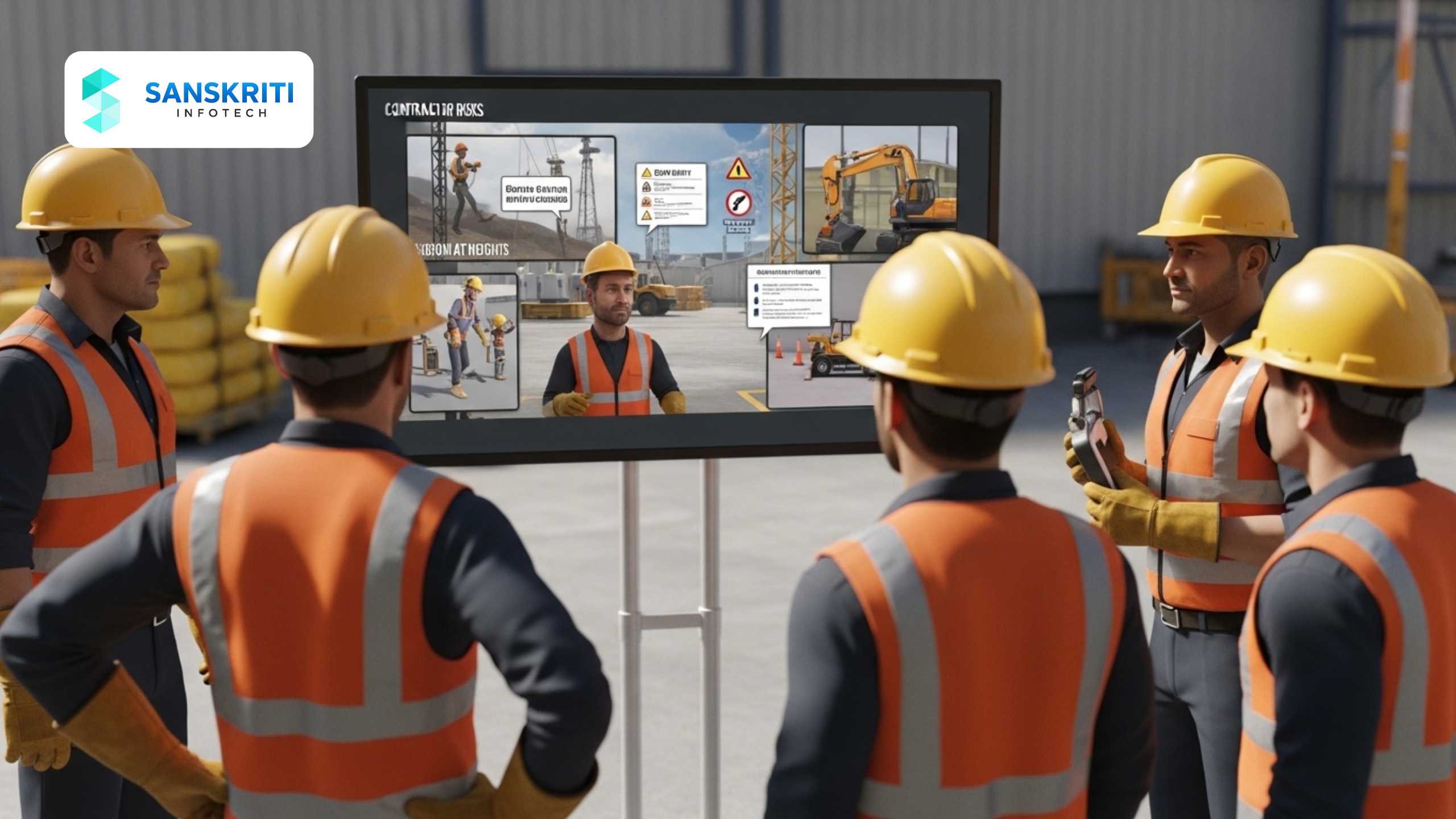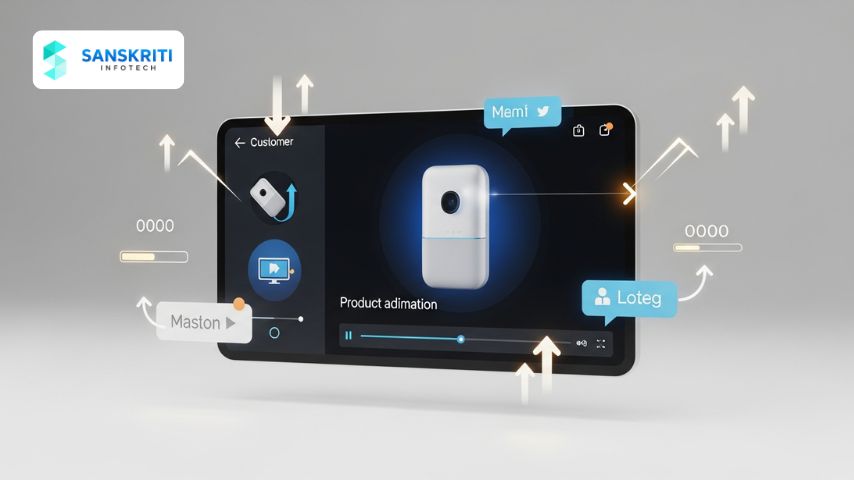Table of Contents
Introduction
In high-risk industries like construction, oil and gas, mining, and heavy manufacturing, onboarding contractors with safety induction training is not just protocol—it’s a critical safety measure. Yet, traditional induction methods often fail to connect with contractors due to time constraints, language barriers, and information overload.
That’s where 3D animated health and safety induction steps in.
A well-crafted health and safety induction video—designed using 3D animation—can revolutionize contractor onboarding. It simplifies complex procedures, engages contractors regardless of language or literacy level, and makes safety stick from Day 1. Check out our 3D safety animation services for more on how we help teams train better.
The Importance of Health and Safety Induction for Contractors
Contractors are typically exposed to:
- Unfamiliar site environments
- Unique safety hazards
- Complex site-specific SOPs
They may also:
- Join projects mid-way
- Work temporarily or across multiple sites
- Not share the same safety culture as full-time staff
This makes an effective health and safety induction absolutely essential to ensure:
- Hazard awareness
- Emergency readiness
- Standardized protocols
- Compliance with site and legal requirements
Why 3D Animation Works Better than Traditional Methods
Traditional inductions often include long presentations, written manuals, or rushed verbal briefings. These are:
- Easy to forget
- Hard to follow across language barriers
- Inconsistent across trainers or locations
Here’s why 3D animation wins:
- Visual Simulation: Contractors see real-life scenarios, dangers, and procedures play out visually.
- Language-Neutral: Visuals are universally understood and can be localized with voiceovers or subtitles.
- Faster Onboarding: A 5-minute animated video can communicate more effectively than a 30-minute briefing.
- Engagement: Contractors are more likely to watch, understand, and retain animated content.
Benefits of Using 3D Animation for Contractor Induction
- ✅ Consistent Safety Messaging
No matter where or who delivers it, the message stays the same. - ✅ Realistic Site Representation
3D modeling can mirror the exact environment—exits, machinery, hazardous zones, PPE areas, etc. - ✅ Modular & Updatable
Need to add a COVID protocol or new hazard? Easily update just that section. - ✅ Device Compatibility
Play it on mobile, tablet, laptop, or large displays at site entrances. - ✅ Stronger Compliance
Auditors and clients appreciate documented, repeatable induction systems with visual records.
What to Include in a Health and Safety Induction Video
- Welcome and Introduction
Site name, client name, and overview - Access Control and Sign-in Procedures
- Hazards Specific to the Site
Machinery, chemicals, heights, confined spaces - PPE Requirements
What to wear, when, and where - Emergency Procedures
Evacuation routes, muster points, alarms - Incident Reporting
How and whom to inform - Behavior Expectations
Housekeeping, substance use, mobile use, etc.
Each module should be:
- Short (2–4 minutes)
- Focused on one topic
- Followed by a simple quiz or acknowledgment
Want more guidance? Here’s a helpful list of induction tips you might want to explore.
Real-World Case Example
Company: A tier-1 construction contractor in the Middle East
Problem: Contractors from 8+ nationalities with limited shared language
Solution: Animated induction video with:
- English voiceover
- Hindi, Urdu, and Arabic subtitles
- Exact site layout visuals
Result:
- Induction time reduced by 60%
- Contractors reported 2x higher confidence
- Improved client safety audit score
Steps to Create a Contractor-Focused Safety Induction Video
- Script key messages with a safety officer
- Storyboard the visuals scene by scene
- 3D model your site environment accurately
- Record multilingual voiceovers or use captions
- Include interactive elements (quizzes, hotspots)
- Deploy via LMS or QR code, or entrance screen
Integrating with Safety Culture
These animated videos should be part of a broader safety culture program:
- Reinforced with toolbox talks
- Replayed on digital screens regularly
- Integrated into compliance tracking systems
Use them as onboarding tools, refresher modules, and even pre-audit proof of compliance. You can also explore how we’ve used case studies to help clients build stronger safety programs.






